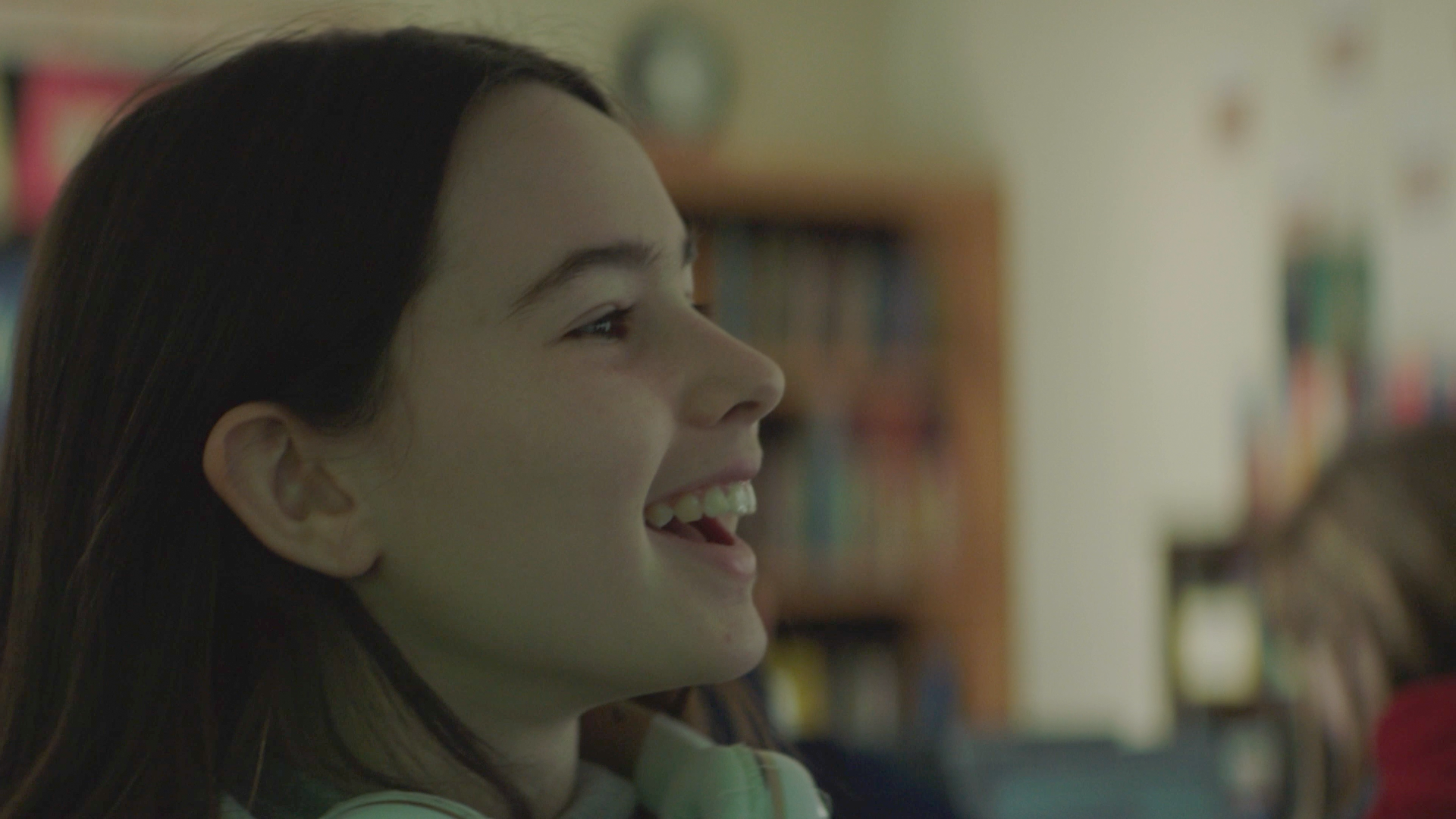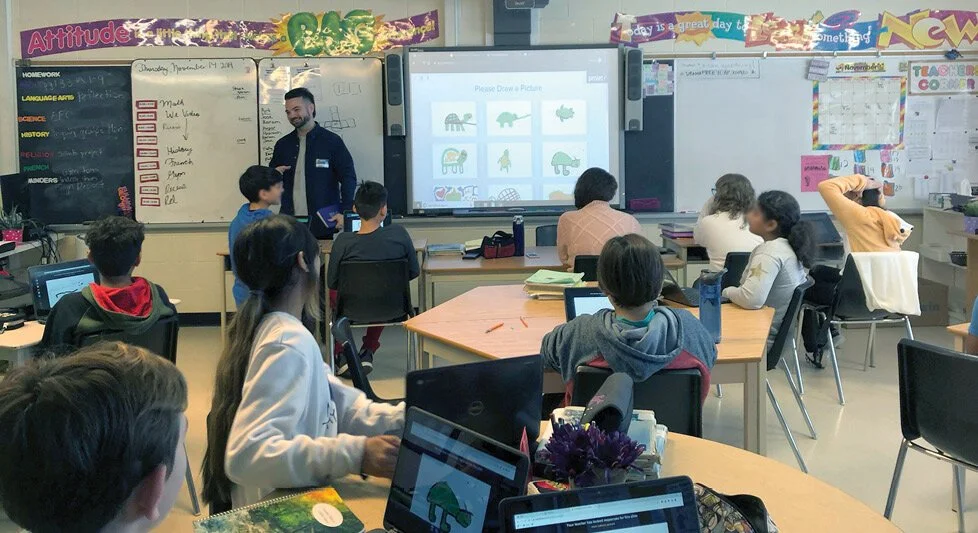Edwin: A STEM Story
See how Edwin partnered with a local school district to accelerate student engagement and make learning come to life.
Supporting the Education of Black Students through Content and Community
These virtual events, webinars, and deep cross-curricular content, give educators access to a host of resources for meaningfully representing the Black Canadian Experience for all Canadian students.
Edwin ‘In Flight’ with Project Based Learning
Project based learning and design thinking is the necessary starting point to prepare students for the rapidly emerging economy. Project based learning from my perspective is the co-creation of projects with the mutual needs of students and teachers being met. PBL allows for an increase in student voice, the construction of meaning as it relates to content, but more importantly it allows for the curation and aggregation of learning strategies, which is a hyper critical component for future success.
How to Make Remote Learning Successful Using Project-Based Learning
Use these tips to integrate project-based learning into your scenarios. This year, teachers had to find creative ways to keep students engaged. Project-based learning (PBL) proved to be a successful instructional model—even with students learning at home. This fall, the reopening of schools once again calls for innovative teachers and resilient students who are able to adapt to new ways of teaching and learning. Enter PBL.
Ideas for Hybrid Learning and Student Assessment
Manage back-to-school planning in an unprecedented year. To address the shift away from the typical classroom environment, schools across Canada and around the world have decided to implement hybrid learning. Hybrid learning is a method whereby teachers instruct students who are in the classroom and—at the same time—instruct students who are remote learning from home via computers, tablets, and assorted ed tech.
A Place for Learning
When all of your educational resources are available, your classroom is wherever learning happens.
K-12 Schools This Fall: A Closer Look at Blended Learning
Remote learning, blended learning, hybrid learning—these are all terms that teachers, students, parents, and guardians have been hearing as schools across the country prepare to implement next steps for the return to learning this fall. Regardless of the model your school will be implementing, it’s important to note that parents and guardians have the choice to keep their children at home this fall. As such, schools will need to have a hybrid strategy in place to support and accommodate students who will be learning at home full time as schools get set to reopen.
A Teaching Transformation: Giving Students a Chance to Direct Their Own Learning
When schools at Peace Wapiti Public School Division closed, Edwin helped students transition to remote learning. We checked in with Tarryn, a Grade 6–7–8 teacher at Penson School, about her experience with Edwin and how it’s working for her students, both in the classroom and as they’ve transitioned to learning from home.
An Inside Look at a Classroom Success Teacher
From day one, all Edwin users are part of a community of inspiration and support. The Edwin Classroom Success Team helps students and teachers by embedding their new enhanced learning tools into everyday practice. We recently spoke with Kevin Salt about his experiences as a Classroom Success Teacher for Edwin. Here’s what Kevin had to say.
Distance Learning During COVID-19: What Teens Need Most
As the federal government continues to recommend that Canadians stay at home during the COVID-19 crisis, students across the country are trying to adjust to their new distance learning situation. For many teens, the past few weeks have been overwhelming. How can teachers and parents/caregivers help them navigate this stressful time? To start, we can be supportive and positive. We can show empathy and perspective. To help teens stay engaged and motivated to learn at home, we can use the educational technology available to us in a thoughtful and innovative manner.
Teacher Support: Online Learning Resources During COVID-19
As the world grapples with the Coronavirus pandemic, educators are forced to rethink how they can connect with students who are now learning at home. There will be bumps, but we’ll manage if we keep the lines of communication open. It’s important for educators to relay to parents and caregivers that they should not stress about becoming teachers themselves. With so many digital tools available, it can be overwhelming to figure out the right education technology for your needs and the needs of those in your community. Having said this, there are two superior digital resources worth considering.
Managing Diversity in the Classroom: How EdTech Can Help
Create an inclusive classroom environment with these ideas. Educators are expected to teach a room full of students—all with different personalities, strengths, weaknesses, and learning styles—and ensure that each student feels included, understood, valued, and respected. We've come up with several ideas we’d like to share, including ways educational technology can help foster an inclusive classroom learning environment.
Teaching and Learning: The World Wide Web of Education
Online learning means access and personalization for everyone. With a fount of content accessible at all times, teachers and students can access educational resources delivered in a variety of formats, collaborative tools, and connection with their peers anytime, anywhere.
Online learning is breaking down barriers to collaboration, making it easier for students to collaborate with their teachers and peers than ever before.
Online learning is not just for the students! Educators are also benefitting from the equality and connectivity of the internet. They’re able to access professional development resources or connect with other educators around the world, regardless of their location.


















